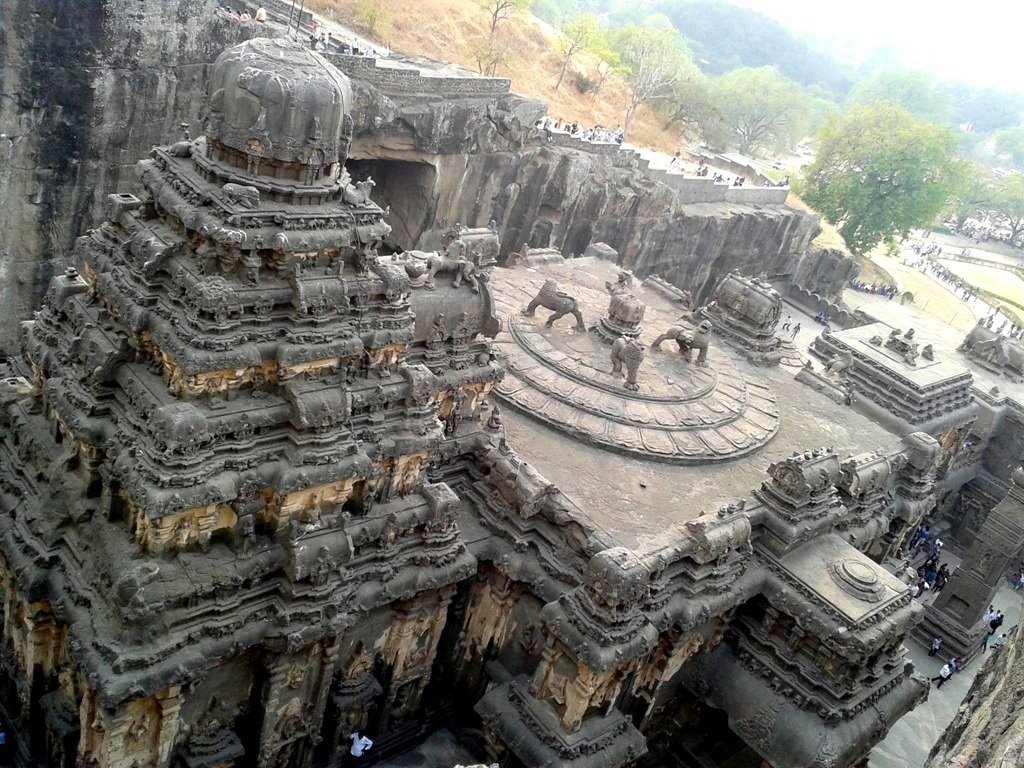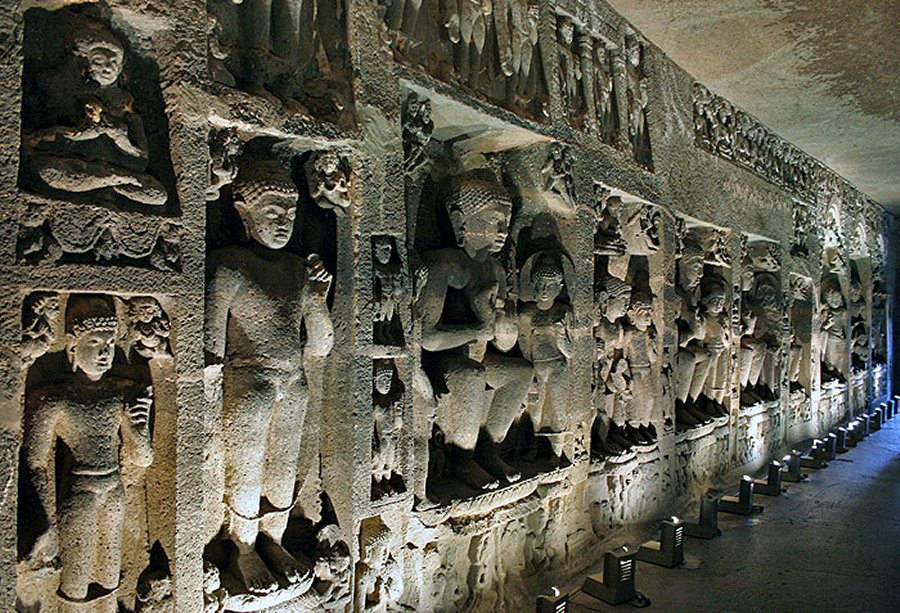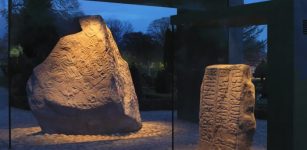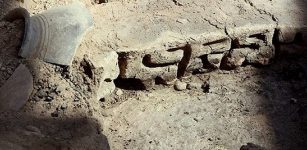Cannabis Protected India’s Famous Ellora Caves From Decay For 1,500 Years
MessageToEagle.com – Indian archaeologists have discovered that hemp – a mix of hemp with clay and lime plaster – has prevented the famous ancient Ellora caves from degrading over the 1,500 years they have been in existence.
“The use of hemp helped the caves and most of the paintings remain intact at the 6th century Unesco World Heritage site,” according to a new study conducted by archaeologist Rajdeo Singh (ASI) and botanist MM Desai at Dr Babasaheb Ambedkar Marathwada University, Maharashtra, India.

Using two techniques such as Fourier transform, infra-red spectroscopy and stereo-microscopic studies, researchers were able to conclude that hemp, commonly known as ganja or bhang, had helped in preventing insect activity at Ellora.
The study indicates that many valuable properties of hemp were known to Indians in the 6th century.
Gigantic Kailasa Temple Emerging From A Mountainside: Engineering Marvel Of India’s Master Builders
Ajanta Caves: Incredible Accomplishment Of India’s Ancient Stonecutters
“Hemp was extensively used in Ellora as well as by the Yadavas, who built the Deogiri (Daulatabad) fort in the 12th century. Hemp was not used in the Ajanta caves, which are about 30 rock-cut Buddhist structures dating back to the 2nd century BC. Rampant insect activity has damaged at least 25% of the paintings at Ajanta,” Singh told TOI.

The archaeologist, who has been engaged in the chemical treatment and conservation of ancient paintings at Ajanta for about 11 years, said the outcome of the study was “a discovery in itself”.
“Studies conducted in Europe suggested that buildings constructed with the use of cannabis sativa could last for 600 to 800 years. Ellora has proved that only 10% of cannabis mixed with clay or lime in the plaster could last for over 1,500 years,” he said.
However, there is a problem because the use of cannabis cultivation, transport, possession and consumption of marijuana is banned under Indian law.
Experts say that the existing Narcotic Drugs and Psychotropic Substances Act will have to be amended before hemp can be used on a large scale for construction. For now, “anybody found with the substance will face action.”
The study is published in the March 10 issue of the journal Current Science.
MessageToEagle.com
Related Posts
-
 Controversial Discovery Of Skeletons Suggests Ancient Chinese Visited London During The Roman Empire
No Comments | Sep 27, 2016
Controversial Discovery Of Skeletons Suggests Ancient Chinese Visited London During The Roman Empire
No Comments | Sep 27, 2016 -
 3D Scans Of Runestones Reveal The Power Of Viking Queen Thyra
No Comments | Oct 19, 2023
3D Scans Of Runestones Reveal The Power Of Viking Queen Thyra
No Comments | Oct 19, 2023 -
 40,000-Years-Old Rope Tool Discovered In Hohle Fels Cave Is Re-Writing The History Of Rope
No Comments | Jul 24, 2016
40,000-Years-Old Rope Tool Discovered In Hohle Fels Cave Is Re-Writing The History Of Rope
No Comments | Jul 24, 2016 -
 Ancient Seal Found In The City Of David: Evidence Of Bethlehem’s Existence Long Before Jesus Was Born
No Comments | May 24, 2012
Ancient Seal Found In The City Of David: Evidence Of Bethlehem’s Existence Long Before Jesus Was Born
No Comments | May 24, 2012 -
 Are The Mysterious ‘Ubeidiya Limestone Spheroids Of Early Hominins Evidence Of Intentional Symmetric Geometry?
No Comments | Sep 6, 2023
Are The Mysterious ‘Ubeidiya Limestone Spheroids Of Early Hominins Evidence Of Intentional Symmetric Geometry?
No Comments | Sep 6, 2023 -
 Controversial Ruler Tsar Boris Godunov’s Exact Date Of Birth Determined By Scientists
No Comments | Aug 31, 2021
Controversial Ruler Tsar Boris Godunov’s Exact Date Of Birth Determined By Scientists
No Comments | Aug 31, 2021 -
 Britain’s Iron Age Society Focused Their Attention On Women Occupying Positions Of Power
No Comments | Jan 22, 2025
Britain’s Iron Age Society Focused Their Attention On Women Occupying Positions Of Power
No Comments | Jan 22, 2025 -
 Unique 3,000-Year-Old Script Discovered In Georgia Re-Writes Ancient History
No Comments | Jul 27, 2016
Unique 3,000-Year-Old Script Discovered In Georgia Re-Writes Ancient History
No Comments | Jul 27, 2016 -
 Population Pressure And Prehistoric Violence In The Yayoi Period Of Japan
No Comments | Aug 31, 2021
Population Pressure And Prehistoric Violence In The Yayoi Period Of Japan
No Comments | Aug 31, 2021 -
 Unique Female Viking Grave In Swedish Mountains Reveals Its Secrets
No Comments | Jul 14, 2023
Unique Female Viking Grave In Swedish Mountains Reveals Its Secrets
No Comments | Jul 14, 2023

